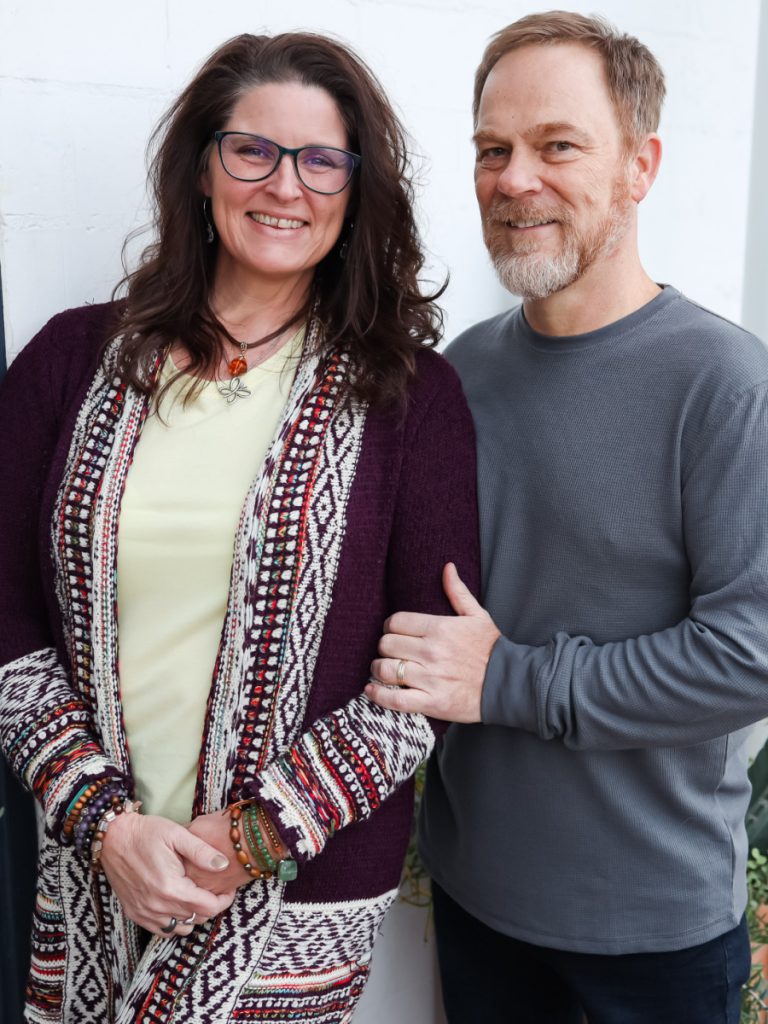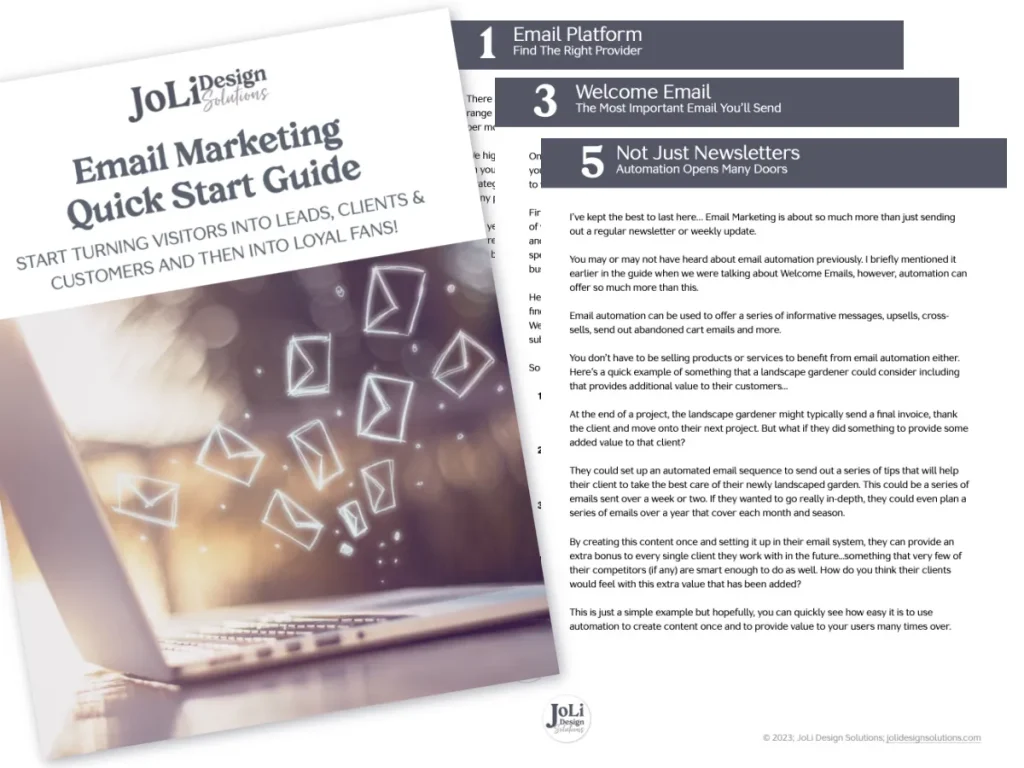If your website isn’t working for you and achieving what your business needs, it’s time to put on your big girl panties, grab your coffee and evaluate your website with an observant eye. DIY web design is popular because of ease and budget, but this comes at a price – often a high price – because you are doing more harm having an underperforming, cluttered and confusing website than having none at all.
Your website is your online description and your online identity. It is one of your most important marketing tools and it should be easy to use and reflect your business and your target market. However, most websites are difficult to use and not implemented in a way that is user friendly.
First things first though… it’s not your fault!
Designing and building a website is NOT EASY – oh sure – all the Wix, Squarespace and others like them will lead you to believe it is. Sure, just swap your content out for what’s in the template and you can launch your beautiful, professional website in a day. This is simply not the case and often leaves DIYers frustrated, throwing their arms in the air and settling.
Evaluate Your Website With These Five Questions
Your website needs to be user friendly and encourage visitors take action and work with you in some capacity.
1 – Does my website have strategy behind the design?
- Good website design is backed by strategy. Even the most attractive, user-friendly website isn’t successful when it isn’t achieving what your business needs.
- Do new visitors get a clear sense of who I am (pretty quickly) and what I offer when they arrive at my site?
- Does my design direct visitors to do what I want them to do?
- What do I want my audience to do, and is the design encouraging that action?
2 – Is my website usable and functional?
Usability and functionality is typically an area where DIYers fall flat. This is all about the practical considerations of what goes into good website design, such as speed, user-friendliness, security, technical details like sitemaps, etc. If you are not addressing these parts of a website design project, you will not see the traffic and exposure which lead to the clients and income you desire.
If a visitor can’t find what he or she is looking for because of poor navigation and/or confusion, he or she will usually leave. If pages are slow to load, both search engines and visitors will notice.
- How long does it take my pages to load, and will visitors get bored waiting?
- How easy is it to find information?
- Do all the links work?
- Does the site work in different browsers? (Internet Explorer, Safari, Firefox, Chrome, etc.)
- Does my site work on mobile devices?
- Do I have a privacy policy?
3 – Is my website clean of unnecessary distractions?
The best website designs are visually appealing and create positive impressions for visitors. They are clean, and complement the content visitors are consuming. Grab a coffee, sit down in front of your website and ask yourself the following questions:
- Does my website’s style align with my brand in terms of colors, feel, graphics, etc?
- Is the style consistent throughout the website?
- Does the style suit my target audience?
- What feel does the website give—Orderly or messy? Sparse or crowded? Playful or formal? Is that what I am going for?
- Where are photos or decorative touches getting in the way of my message?
4 – Are my fonts, colors and content consistent?
The two main considerations regarding content are readability and usefulness. Readability is important because if your visitors can’t make out your content, whether that’s because it’s too small or in a pale color or in an unreadable font, there’s no way for your message to get across.
Usefulness is about relating to your ideal client when they land on your website. If your content doesn’t matter to ’em, you lose ’em.
- Are the fonts I’ve chosen readable?
- Is there enough contrast between background colors and font colors?
- Is all the text big enough?
- Will this content be relevant to the reader?
- Is the content concise but still useful?
- Does the design make content easy to find?
5 – Do I have clear call-to-actions on every page?
Every page on your website should have something for your visitors to do. Whether that is to read something else, book a call, make a choice that will lead them down another path or opt-in to your free offer, having a clear call-to-action is a winner every time.
One thing to be aware of is having too many options on one page. Think of your website as a journey your visitor is taking to engage with you, work with you, opt-in to something… you want to be very clear and intentional on the direction visitors take on your website.
- What pages have more than one option to choose from?
- What is my main call CTA that I want visitors to do?
- Do I have too many options to choose from overall? Can I eliminate one, two, more?



